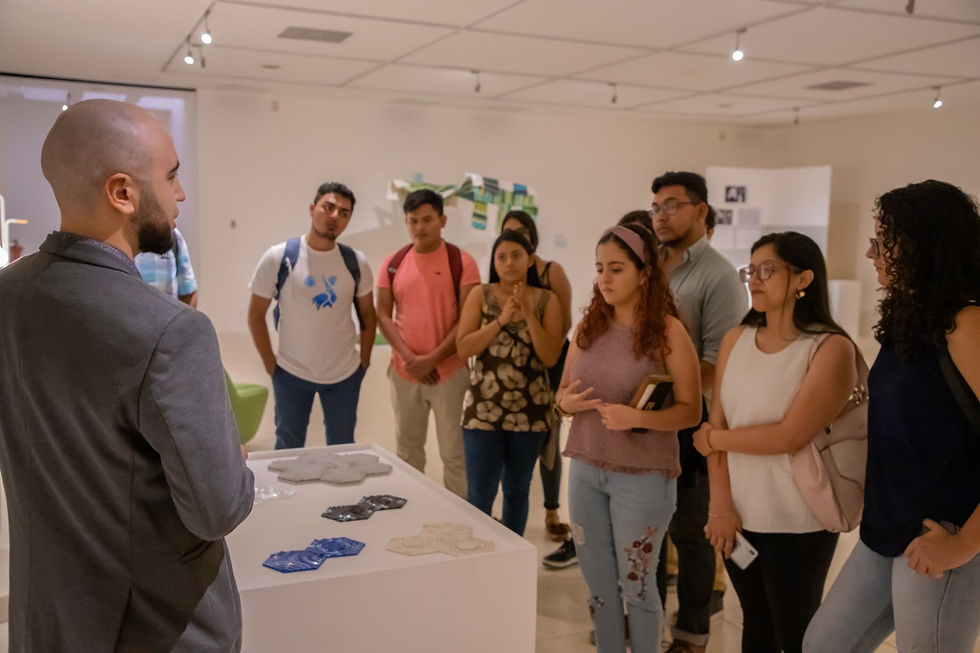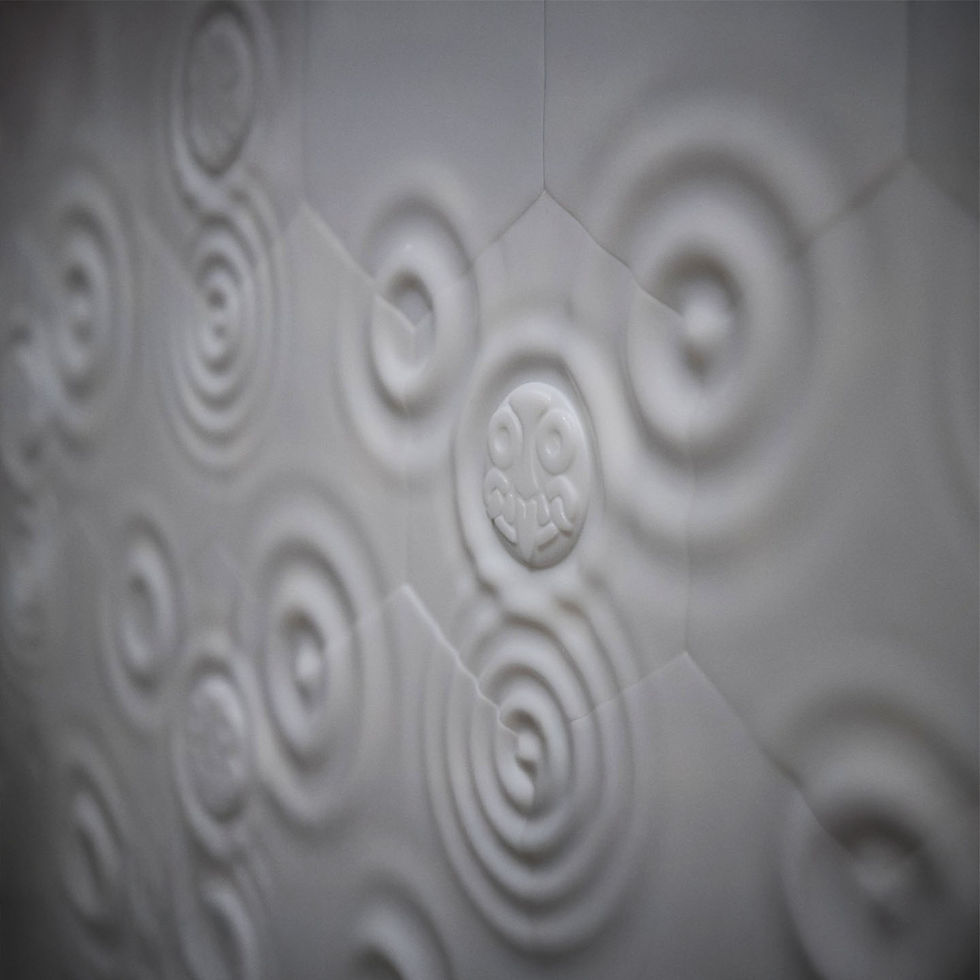

CASE STUDY
Luvio Product Design
Reviving Salvadoran heritage through modern product design.
3D
Printing Tech
Awarded
Art Installation
Company: MARTE (Art Museum of El Salvador)
Industry: Cultural & Design Exhibition
Location: El Salvador
Business Model: Non-profit / art exhibition
Timeframe: June – October 2019
Status: Completed
Role: Product Designer & Researcher
Tools: 3D Printers, Photoshop, 3D Modeling Softwares, Resin & Cement Prototyping
Background
In June 2019, I was invited to participate in Contempo 2019, a product design exhibition held at the Art Museum of El Salvador (MARTE) in San Salvador. The brief required the conceptualization and design of a cultural product for home decor that represented El Salvador’s identity and could appeal to both local and international markets.
Goals
-
Promote El Salvador’s cultural heritage through contemporary product design.
-
Combine traditional symbolism with modern aesthetics to appeal to diverse audiences.
-
Create a market-ready concept suitable for both local artisans and international retailers.

Solution
After conducting detailed research that included conversations with historians and archaeologists, I designed and proposed a line of modern, elegant tiles created with innovative 3D printing technology. The design draws inspiration from the tranquility that follows rainstorms and the legend of Tláloc, the rain god revered by pre-Columbian civilizations in what is now El Salvador.

Research & Discoveries
Every detail of Luvio’s design is grounded in marketing and cultural research. The central piece features Tlāloc, the rain god worshiped by the Pipil people, the indigenous inhabitants of El Salvador. Tlāloc is among the most significant deities in the region’s pre-Columbian history. The concept was then visually merged with the Jaguar Disk, a remarkable archaeological artifact discovered in Cara Sucia, El Salvador, widely recognized as one of the best-preserved relics in the country.
The hexagonal shape of the tiles was inspired by the cobblestones commonly found in Salvadoran villages, evoking a sense of familiarity and cultural connection. The circular wave patterns echo the ripples formed by raindrops on puddles, reinforcing the concept’s poetic essence: “The rain falling on Salvadoran land.”



Each element was intentionally crafted to achieve a balanced, cohesive design.

Creative concept: "The rain falling on Salvadoran land"

Transition of the jaguar disc to the Tlaloc symbol.
Transforming Research into Design Forms
To synthesize all the symbols and insights, I deconstructed each form into its essential elements and recombined them into a cohesive visual language. The result is a new form that embodies the conceptual core of the research. Luvio represents one of my most methodical and conceptually driven design explorations.

Target Market
The primary target market includes modern hotels in San Salvador, aiming to showcase Salvadoran culture to visitors unfamiliar with it while enhancing the aesthetic value of their facilities.
The secondary market comprises Salvadoran embassies, consulates, and government offices, both within the country and abroad. The intention is to evoke a sense of pride and nostalgia among Salvadorans who live, study, or work overseas, while reinforcing a visual connection to their cultural roots.
Modular & Adaptable:
Luvio is designed as a modular system composed of hexagonal units that interlock seamlessly, allowing infinite configurations and adaptability. Each piece connects through a shared visual rhythm of concentric waves, creating a continuous and harmonious surface regardless of arrangement. Its versatility enables it to transform into various applications—whether as a wall installation, mirror frame, or architectural element—while maintaining its sculptural identity and functional integrity.


Product Line:
Luvio features two types of tiles that can be installed independently or combined to create larger compositions. They are suitable not only for walls but also for elements such as furniture, mirrors, and decorative surfaces. The tiles are particularly striking in spaces associated with water, such as bathrooms or spas.
While resin provides a sleek and polished finish, the tiles can also be produced in cement, offering a durable and weather-resistant alternative ideal for outdoor areas, pool surroundings, or garden spaces.

Recognition:
In October 2019, Luvio was exhibited at the MARTE Museum for the entire month, where it was recognized and awarded for embodying strong cultural values within a functional and modern design. I also had the opportunity to lead a workshop with Industrial Design students, sharing my experience in developing products that are not only aesthetically and culturally meaningful but also business-oriented.
The project inspired small craft business owners, with whom I had the opportunity to discuss the creative potential of 3D printing technology in cultural product development. Through this exchange, Luvio demonstrated how research-driven design and emerging technology can revive tradition while fostering innovation within El Salvador’s creative industry—becoming more than a decorative piece, but a symbol of cultural identity reimagined through design.



